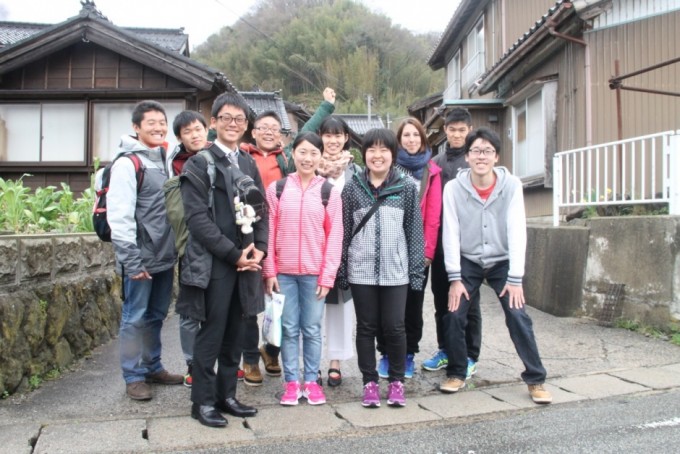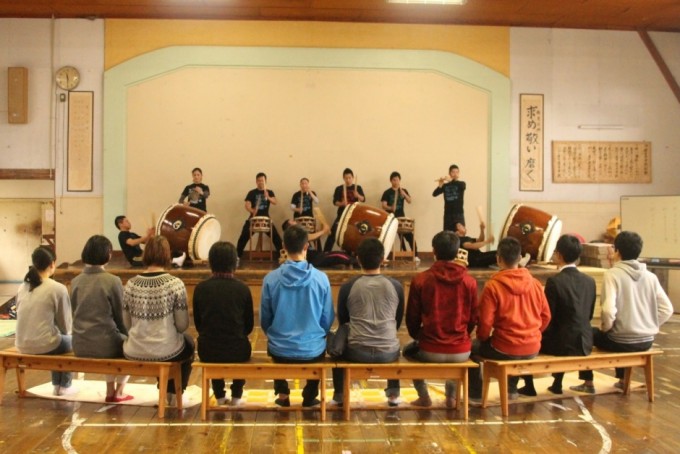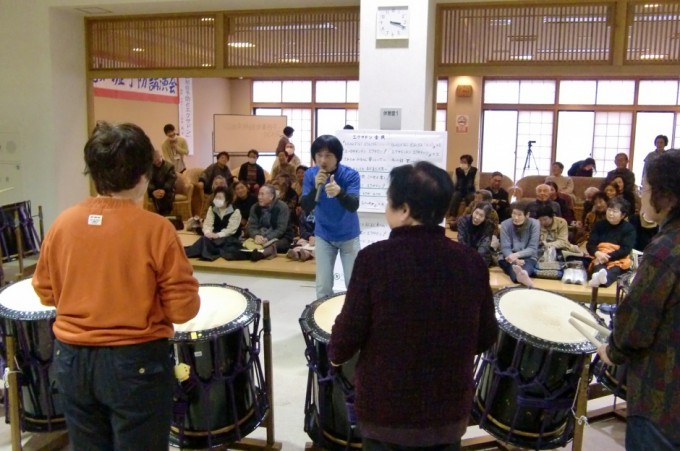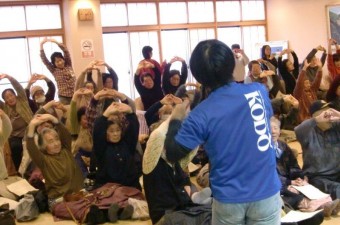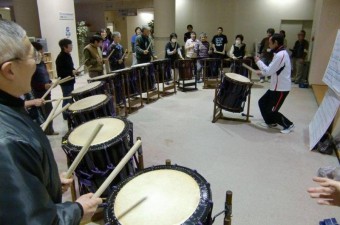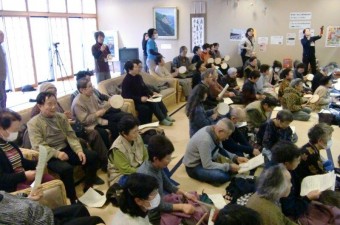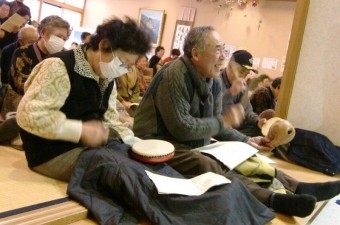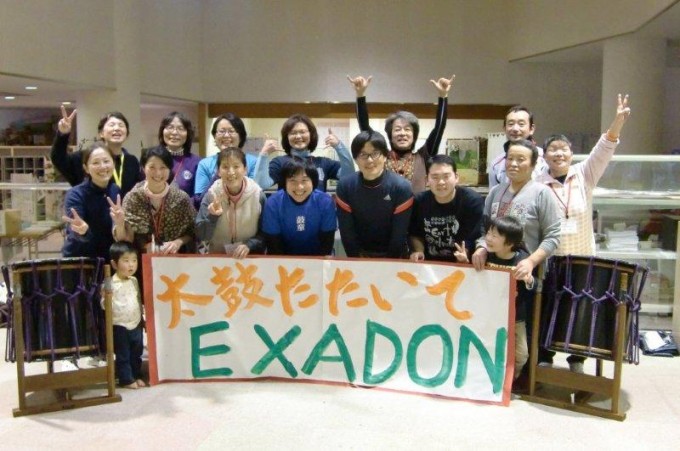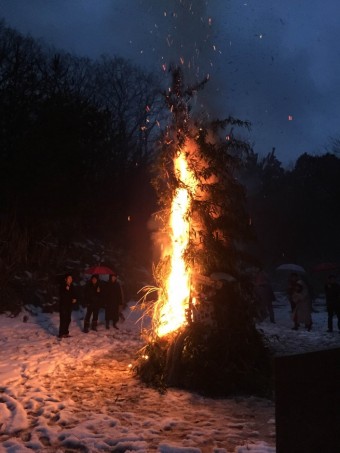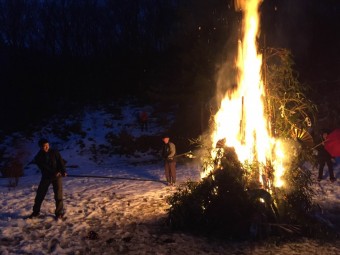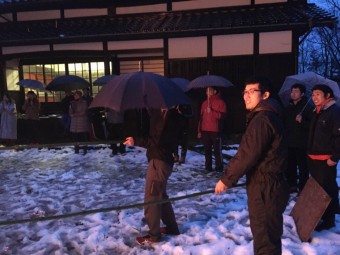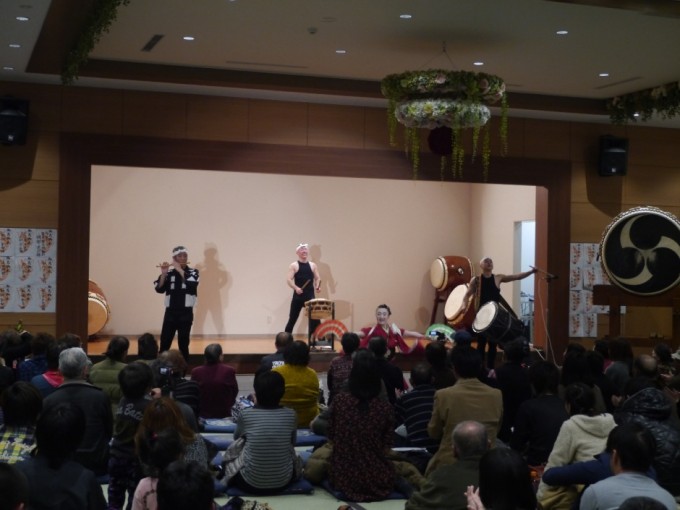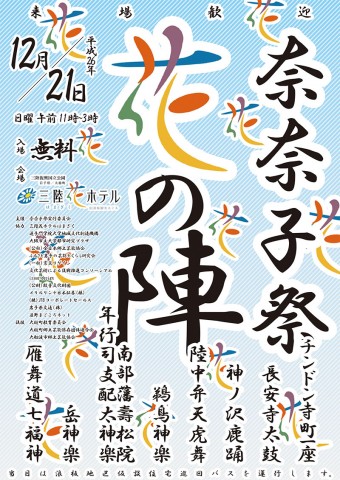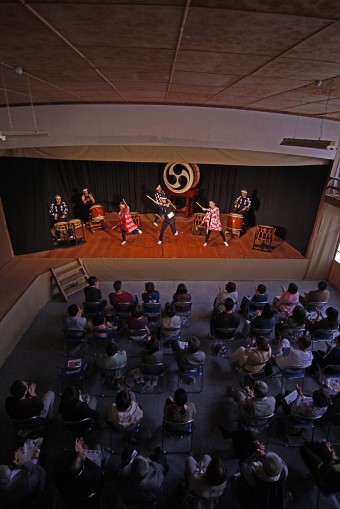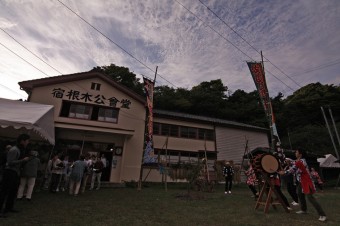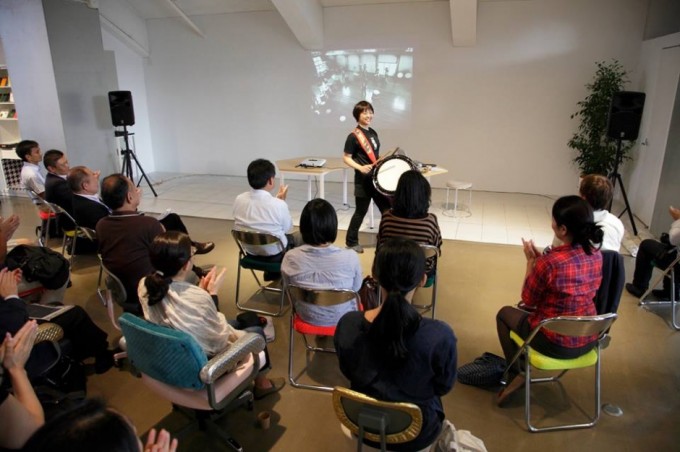Tag ‘Kodo Cultural Foundation’
“Request for Donations to Help Repair Spuddy” by Yasuko Homma
Spuddy Needs Your Help
Today, I’d like to let you know about a special member of the Kodo family who needs your help.
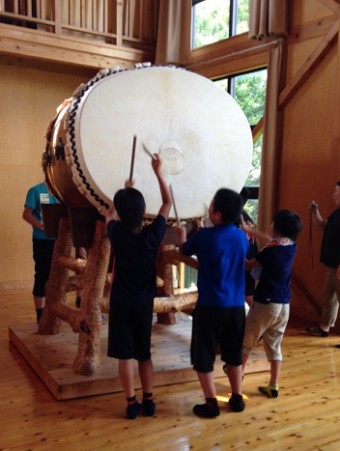
Yamaimo-kun, nicknamed Spuddy in English due to his resemblance to a certain root vegetable, is one of the large taiko that lives at Sado Island Taiko Centre. He is one of two massive taiko at the Centre that were handmade by Kodo members. Yamaimo-kun and his friend Butabana-chan, a.k.a Miss Piggy, have been working hard at our centre since 2007 when it opened and they were completed. They welcome everyone who wants to have a hit and have become the mascots of our interactive facility.
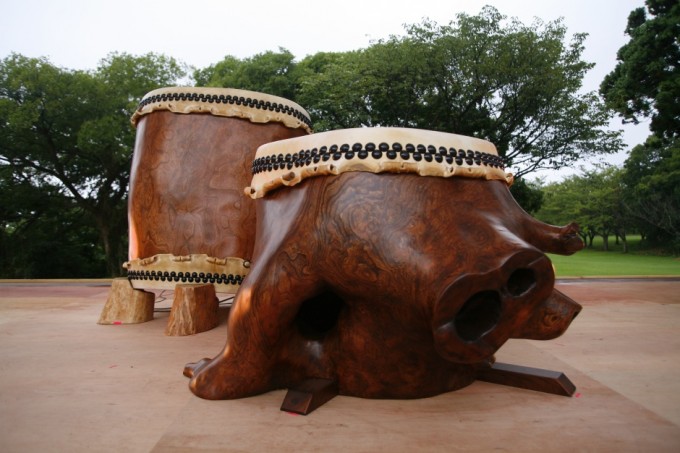
After taking a beating almost every day for a decade, poor Spuddy now has holes in both of his heads. Shinchan-sensei has patched him up with small pieces of hide, but the bandages are only a temporary fix.
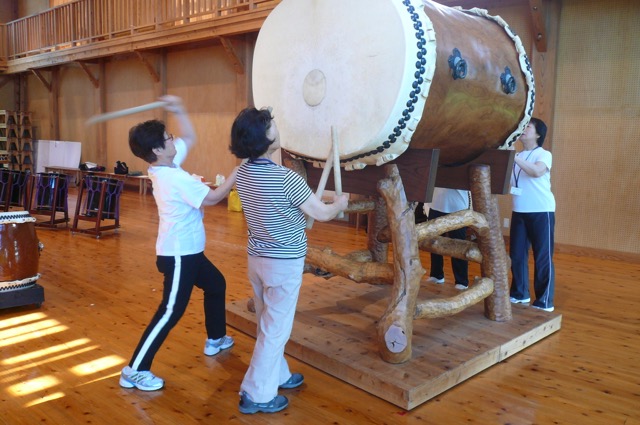
Since the beginning of the year, we have had a donation box at the Centre so that visitors can help us buy new heads for Spuddy. In eleven months, we have raised around 70,000 yen for his “treatment.”
Spuddy is a big boy and his heads are about 1.4m in diameter, so it will cost around 100,000 yen to fix him. We have decided to schedule this procedure during January when there are less visitors due to the cold winter season.
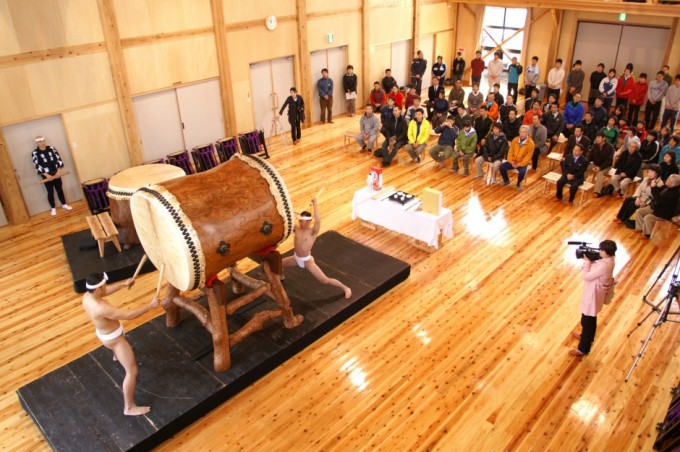
Now that winter is upon us, we have decided to try to raise the remaining funds required by asking for donations online.
If you would like to help us mend Spuddy, please contact the Kodo Cultural Foundation for further details. http://www.kodo.or.jp/foundation/index_en.html
Thank you in advance for your kindness!
“Kodo Apprentice Centre Welcomes the 35th Intake Class” by Michiko Chida
Apr. 9, 2016
Kodo Apprentice Centre Welcomes the 35th Intake Class
On Apr. 4, the new first-year apprentices arrived on Sado Island. This year we welcomed ten new apprentices from Japan (Niigata, Nagano, Tokyo, Kagawa, Okinawa), the USA, and Norway.
On their first day on Sado, each year our new apprentices meet at the bus stop in Kakinoura and walk the 1.2 km up the mountain road to the Apprentice Centre. As they climb the hill, step by step, they have time to think about their family and friends back home who sent them off with messages of support, and to think about their own reasons for coming here. From the next day, this route will be a slope that they run up on their daily training for the next two years.
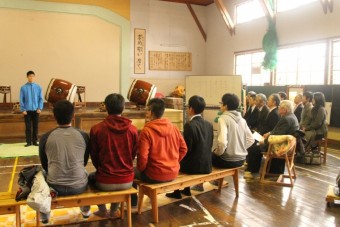
The new apprentices greet the members of Kodo, Kodo Cultural Foundation, president of Kitamaesen Co., Ltd., and their instructors at the Entrance Ceremony.
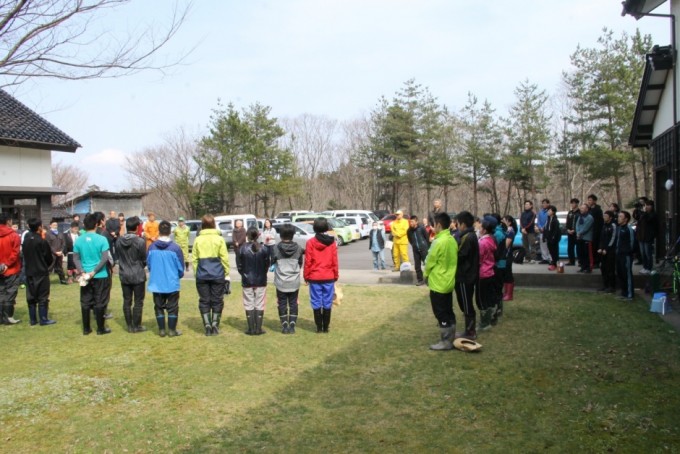
Two days later, the new apprentices all nervously introduced themselves to all the Kodo members and staff at Kodo Village. Then everyone got straight into a forest working bee together and the new apprentices all received warm words of welcome and encouragement from the whole Kodo group.
Today is their fifth day at the Centre and as they encounter new things everyday, I can already see they are off to a good start working as a team. I hope that each one of them keeps in mind all the people who are cheering them on as they strive towards their goals, and that they remember how happy they were to be selected to come here. I hope they will tackle their apprentice lifestyle with all their might and that each and every one of the new apprentices broadens their horizons and possibilities during the course of the year ahead.
Kodo Apprentice Centre
http://www.kodo.or.jp/apprentice/index_en.html
English Version of Kodo Apprentice Centre Introduction Video Now Online
English Version of Kodo Apprentice Centre Introduction Video Now Online
In July we shared a new video online that introduces the Kodo Apprentice Centre in Japanese. We are pleased to announce that we have just uploaded an English version, too. This video shows scenes of daily life at the Apprentice Centre on Sado Island throughout the four seasons and introduces the curriculum of the two-year apprentice programme.
Watch on YouTube
[English version]https://youtu.be/1bHvTjHofe0
[Japanese version]https://youtu.be/9VzM4tu2K7k
Applications for the 2016 intake have closed already. For inquiries regarding the 2017 intake, please contact Kodo Cultural Foundation.
(Please note that advanced Japanese is a selection requirement.)
Kodo Cultural Foundation(Tel.0 259-81-4100 / Email: kenshujo@kodo.or.jp)
“EXADON” by Tsugumi Yamanaka
EXADON
In the near future, apparently one in five people aged 65 & over in Japan will be likely to suffer from dementia. To combat this, Sado Island Taiko Centre and Sado City Senior Citizens Welfare and Care Insurance Division launched “EXADON” in 2014, which is a course that teaches people about playing taiko as a way to prevent dementia.
“EXADON” is a word created by dementia specialist Mr. Yoshinori Morimoto (Shiosai Clinic) from these three words: “Exercise” + “Sado” + “Don (the sound of a taiko drum).”
Last year, the “EXADON 2014 Supporter Training Course” was held to teach supporters (future EXADON facilitators). This innovative project has been expanding on Sado Island ever since. There were 30 participants in this course and they came to Sado Island Taiko Centre twice a month for three months. At the beginning of the course, their sound was very weak, but at the end of it, they all enjoyed playing taiko so their sound got much bigger and really powerful. Over the course of those 3 months, they had all become taiko enthusiasts.
Recently, the first EXADON workshop was led by some of the EXADON supporters at a lecture about dementia prevention. It went really well.
When the EXADON supporters were too serious, Shinchan-sensei gave them this adivice: “Don’t forget to smile!”
When the workshop participants smiled and laughed, the EXADON supporters really enjoyed themselves, too. They all had a great time together.
Community Development Course Trainee Report: “Dondoyaki at Kodo Village”
Jan. 15 Dondoyaki (New Year Bonfire) at Kodo Village
There was a Dondoyaki* event at Kodo Village on January 15.
Before dark it was raining, but when Kenta Nakagome cheerfully shouted out “Seh-no!,” the rain stopped and we all started singing a Dondo-yaki song as the bonfire was set alight.
I had never heard this song before.
Dondoyaki is a traditional Japanese event. The Kodo members burn their broken bachi (drumsticks), worn-out fans and bamboo dance props… so the essence of performing arts infuses the flames, taking that lifeforce up into the night sky in the smoke.
After the event, we, the Community Development Course trainees, were on duty watching the fire go out. As I watched the ashes in the dark, and weakened, gentle flames, I could hear many sounds as it crackled and burned.
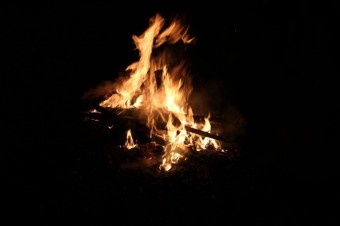
By Misaki Nakamura, 2014-2015 Community Development Course trainee
*Translator’s Note: Dondoyaki Explanation from Kodo eNews Issue 3
Every year on January 15th, Kodo Village holds its own Dondoyaki, a traditional Japanese fire ceremony to farewell the New Year gods back to the heavens. New Year decorations and good luck charms and amulets from the past year are burned in the fire, a tepee-like structure made of bamboo, thatching hay, and straw. At Kodo, players burn the drumsticks they can no longer use in this fire. It is said that the deity of the New Year goes back home with the smoke of Dondoyaki,, so we like to send the heart and soul forged in the drumsticks along with it. Mochi (pounded rice cakes) from the week before is also toasted over the fire and eaten to bring good health in the year ahead.
“This Year’s Wonderful ‘Nanako Matsuri'” by Michiko Chida
“Nanako Matsuri” This Year in Otsuchi, Iwate
Photo from Dec. 2013 “Nanako Matsuri – Fuyu no Jin”
(Courtesy of Kazuhiro Nishijima, Minzoku Geino STREAM )
In December last year, a small Kodo cast took part in a special festival, “Nanako Matsuri.” I remember this “homemade” festival vividly: the wonderful local performing arts from Tohoku’s coastal regions, the passion of the performers, and the enthusiasm of the locals who wholeheartedly looked forward to seeing them. This festival cleansed my soul and gave me a lovely sense of peace.
This year’s festival, “Nanako Matsuri – Hana no Jin” will be held at Sanriku Hana Hotel Hamagiku, Otsuchi, Iwate on December 21 (Sun) from 11:00 am. It will be packed with wonderful performances, but Kodo will not appear this time! We hope you can go along all the same!
“Nanako Matsuri” Concert Flier (in Japanese)
The Tohoku area is a vast treasure trove of traditional performing arts.
This festival is planned and presented by Nanako & Masayuki Sasayama, whose home is a performance venue for the local kagura (sacred Shinto dance & music), and folk art professor Hiroyuki Hashimoto. They believe that the folk performing arts in everyone’s hearts will lead the way to the area’s recovery from this natural disaster.
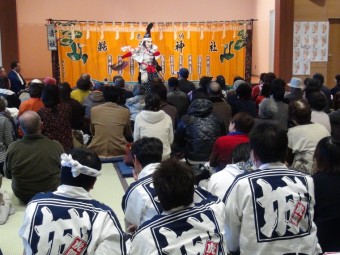
“Nanako Matsuri” is a great festival because you can see an array of performances and it gives you the chance to meet and talk to the members of the various performance groups who uphold their local traditional arts. This year, the day before the festival has been set aside for exchange, so come along on Dec. 20th to interact with the locals.
Just by going to the disaster area, meeting people there, and watching their performing arts, it really cheers the locals on and supports the area’s recovery. We hope you will show your interest and support by going along to “Nanako Matsuri” this year.
Please note that Kodo will not appear at this year’s festival.
◆JTB Tour (in Japanese)
http://www.jtb.co.jp/tabeat/List.asp?Tourno=c94931bd7ced4f1db82e4af5
Kodo Website | Heartbeat Project
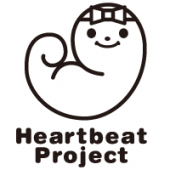
Thank You for Coming to Our “Kodo Special Performances on Sado Island 2014: Autumn”
Kodo Special Performances on Sado Island 2014: Autumn
Many people came to see Kodo’s performances at Shukunegi Community Hall this fall. The performers created a colorful world on stage with a joyful atmosphere to suit the harvest season. Thank you all for coming along!
After each performance, the performers played taiko outside to farewell the audience. The sound of taiko echoed out clearly, high into the sky.
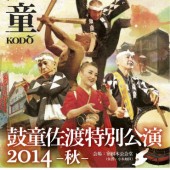 Kodo Special Performances on Sado Island 2014: Autumn
Kodo Special Performances on Sado Island 2014: Autumn
Oct. 2 (Thu)–Oct. 5 (Sun), 2014 Shukunegi Community Hall, Ogi Peninsula, Sado Island, Niigata
Appearing: Kodo (Yoshikazu Fujimoto, Chieko Kojima, Motofumi Yamaguchi, Eiichi Saito, Tomohiro Mitome, Ryosuke Inada)
Special Appearance: Yoshie Abe
“Mirai no Gakko Presentation” by Masami Miyazaki
Presenting “Mirai no Gakko”(School of the Future),
A New Company Training Program
by Cornell University and Kodo Cultural Foundation
Aoyama, Tokyo on September 12
When you hear “School of the Future,” you may imagine a modern, high tech school. But this project aims to give new purpose to the Fukaura Schoolhouse on Sado, a recently closed-down elementary and junior high school. Mirai no Gakko (School of the Future) is produced by Yasuhiro Karakawa, Senior Manager of Market Creation Strategies – Asia at the Center for Sustainable Global Enterprise at the Johnson Graduate School of Management, Cornell University. He is a member of the team at ifs Future Laboratory and planned a research trip last summer to the Fukaura Schoolhouse, which tied in to his annual research theme, “Inconvenient, yet comfortable.” It was a two-day/three-night program for Mr. Karakawa’s acquaintances (who he describes as an interesting bunch) and we, Kodo, offered them a taiko workshop to suit the program.
At the presentation, Mr. Karakawa briefly introduced this project and some of the summer participants’ impressions on it. To let the audience experience non-verbal communication, I brought a taiko drum along to show them how fun it feels to make one unified sound all together. The sound of taiko made all of them smile, even the serious-looking businessmen in suits. This project gives people the opportunity to come to Sado, play taiko, and through that, they can open up, free their minds, discuss and start to solve a range of issues, for example job or future-related concerns. We, the Kodo Cultural Foundation, highly recommend it!
Photo: Amazon Kajiyama
Kodo Blog | “’Mirai no Gakko’ Presentation on Sep. 12″ by Hirofumi Uenoyama
“Mirai no Gakko Presentation on Sep. 12″ by Hirofumi Uenoyama
Presenting “Mirai no Gakko”(School of the Future),
A New Company Training Program
by Cornell University and Kodo Cultural Foundation
Aoyama, Tokyo on September 12
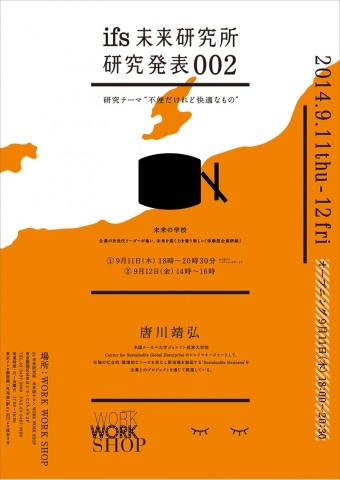
Kodo Cultural Foundation, the Cornell University Center for Sustainable Global Enterprise, and ifs Future Laboratory are working together to develop a program called “Mirai no Gakko,” which will nurture future leaders. Together, we are also planning projects that will take place on Sado Island from 2015.
“Mirai no Gakko” means “School of the Future.” On Sep. 12 in Aoyama, Tokyo, we will introduce the concept of this program and give people the opportunity to experience it in part through a taiko workshop led by a Kodo Cultural Foundation instructor.
The event is open to anyone, but please let us know in advance if you will attend.
Presenting “Mirai no Gakko,” a new company training system by Cornell University and Kodo Cultural Foundation
Date: Sep. 12 (Fri), 2014 14:00-16:00
Venue: WORK WORK SHOP at ifs Future Laboratory (CI Plaza 2F, 2-3-1 Kita Aoyama, Minato Ward, Tokyo)
Access: 2-min. walk from Exit 4a at Gaienmae Stn on Tokyo Metro Ginza Line
Programme: Introduction of “Mirai no Gakko,” greetings from “Miraino Gakko” supporters, taiko workshop.
To Apply: Email Sado Island Taiko Centre (Tatakokan) with your name, occupation, number of participants, and daytime contact/ mobile phone number. Email: info@sadotaiken.jp
Inquiries: Mr. Uenoyama, Sado Island Taiko Centre (Tatakokan) Tel. 0259-86-2320
“The Fukaura Schoolhouse” by Johnny Wales
Fukaura Gakusha – The Fukaura Schoolhouse
by Johnny Wales
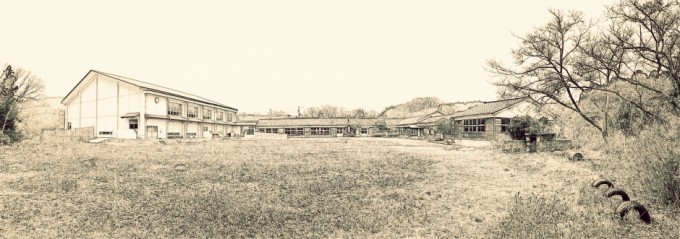
Welcome to Fukaura Gakusha (Fukaura Schoolhouse)
Not far from Kodo Village and perched high on the same ridge on Sado’s southern-most coast is the Fukaura Schoolhouse. This is where the first generation of Kodo members’ own children went to elementary and middle school, so it holds a special place in our hearts. Sadly, three years ago – as in so many other places in the Japanese countryside – it closed due to lack of young people to fill up its desks. Just a 15-minute walk down the road from the Sado Island Taiko Centre, a 15-minute drive from the port of Ogi, and 20 minutes to Sado’s largest sandy beach, this nostalgic wooden school in a grassy field is setting out on its second life. It will serve as a base for people coming to breath the air and experience first-hand what has made this magical island such a source of inspiration to us these forty years. Kodo’s dream has long been to not only bring the sights and sounds of Japan to the world but also to bring the world to Sado. We also want to do our part in giving back to the people of the island. Our busy lives here and on tour have meant that we haven’t been able to open Kodo Village to visitors except on special occasions. For those wanting to experience taiko here on the island the Sado Taiko Centre was built next to Kodo Village in 2007. There are no facilities for staying over though, so people were on their own when looking for a convenient place to stay. They say ‘When one door closes, another opens’, and so it is with the old Fukaura Schoolhouse. With the installation of modern bathrooms and conversion of some of the classrooms into dormitories with either tatami mats or bunk beds, we now have comfortable, if simple accommodations at a reasonable price for groups of up to 40 people, and it’s right down the road. Three meals a day are available featuring delicious home-made, seasonal, locally-sourced cuisine. A vegetarian or special dietary plan can also be arranged.

Inside Fukaura Gakusha (Fukaura Schoolhouse)
So if your group wants to experience the best of rural Japan – and while you are at it, drum your hearts out – here is the place to do it. Whether you are an experienced taiko group, have never even seen a Japanese drum and want to use a workshop as a team-building exercise, or you have a group of both veterans and beginners, one of Kodo’s veteran players can tailor a workshop to meet your needs.




